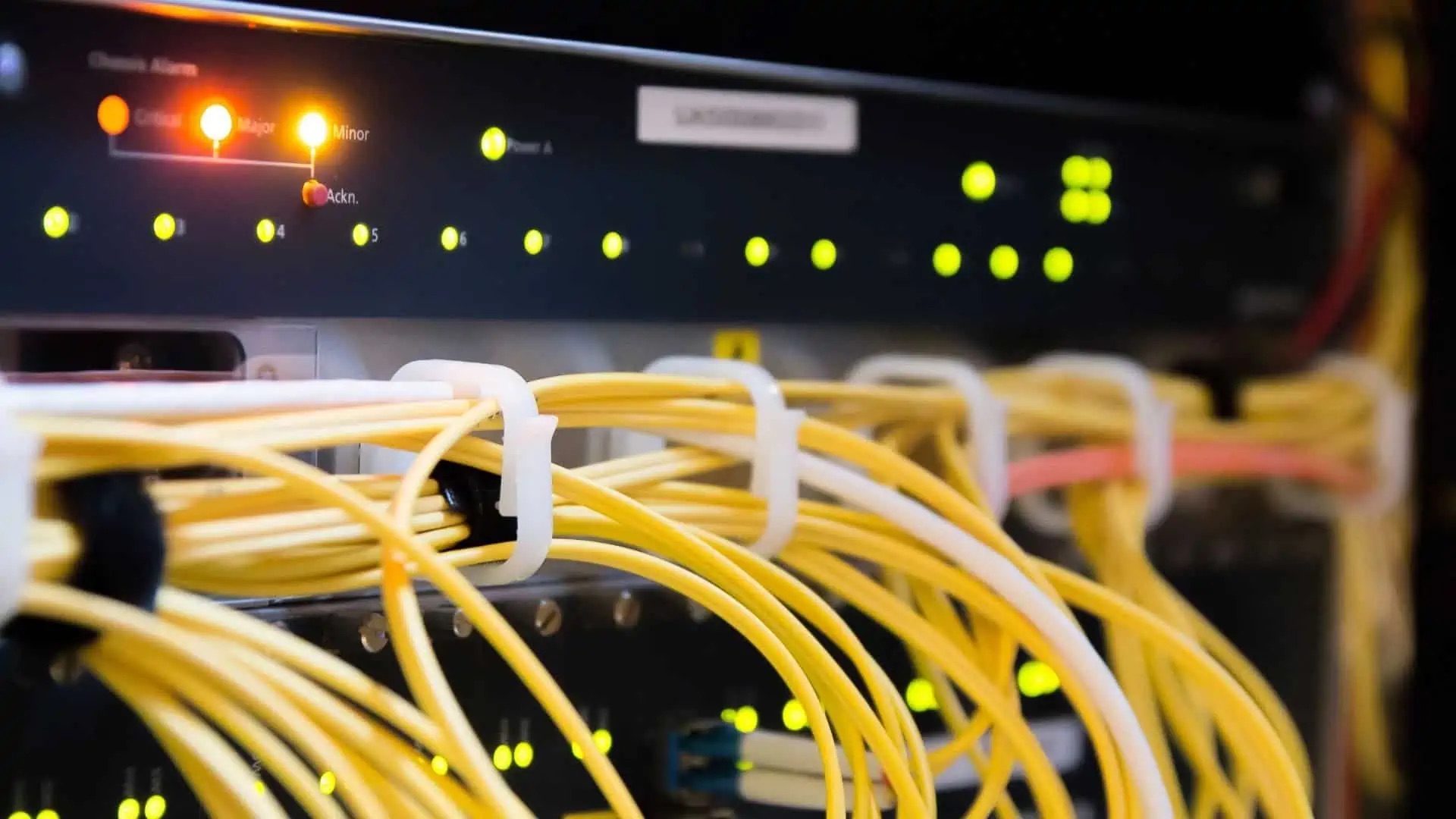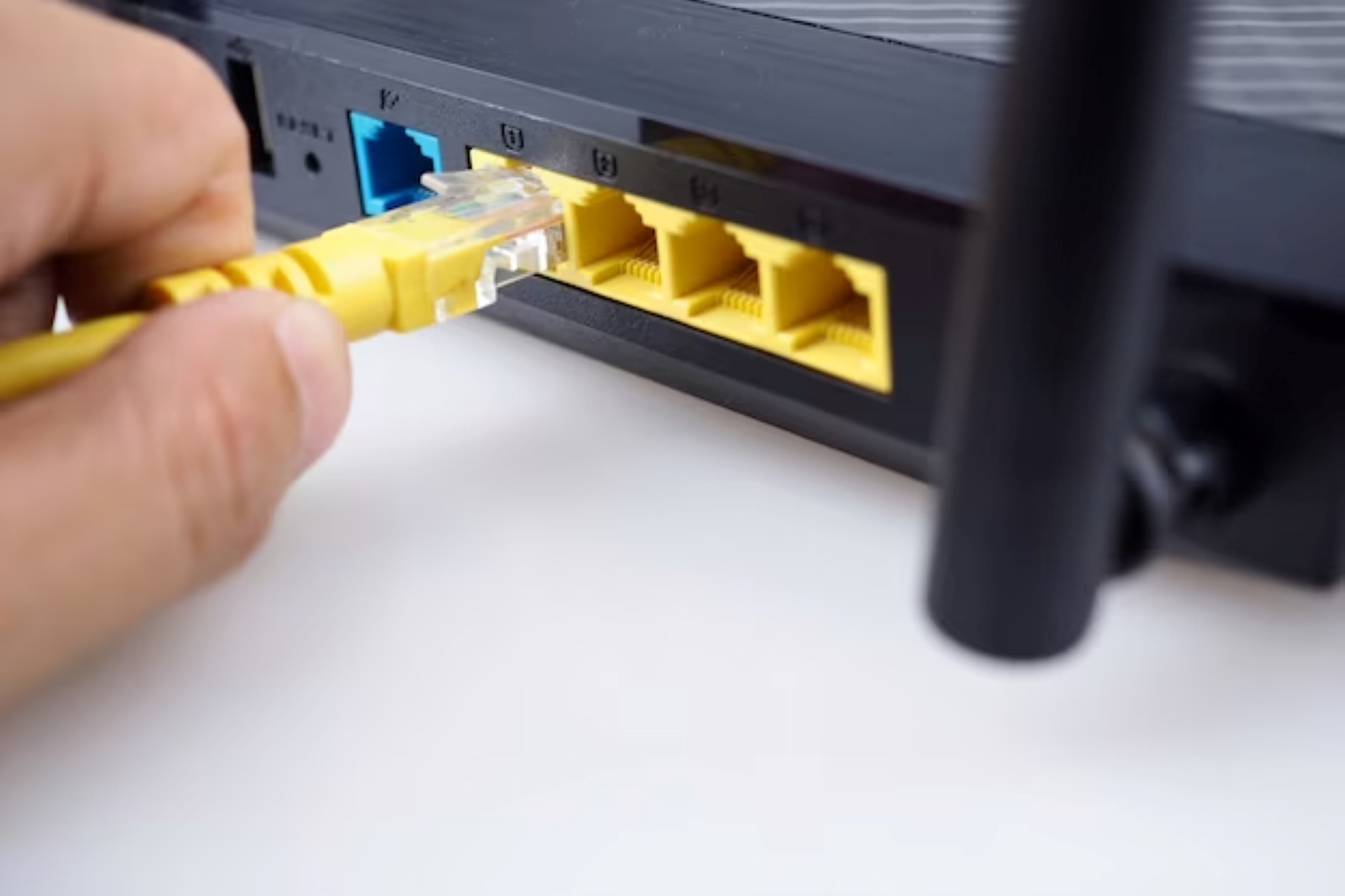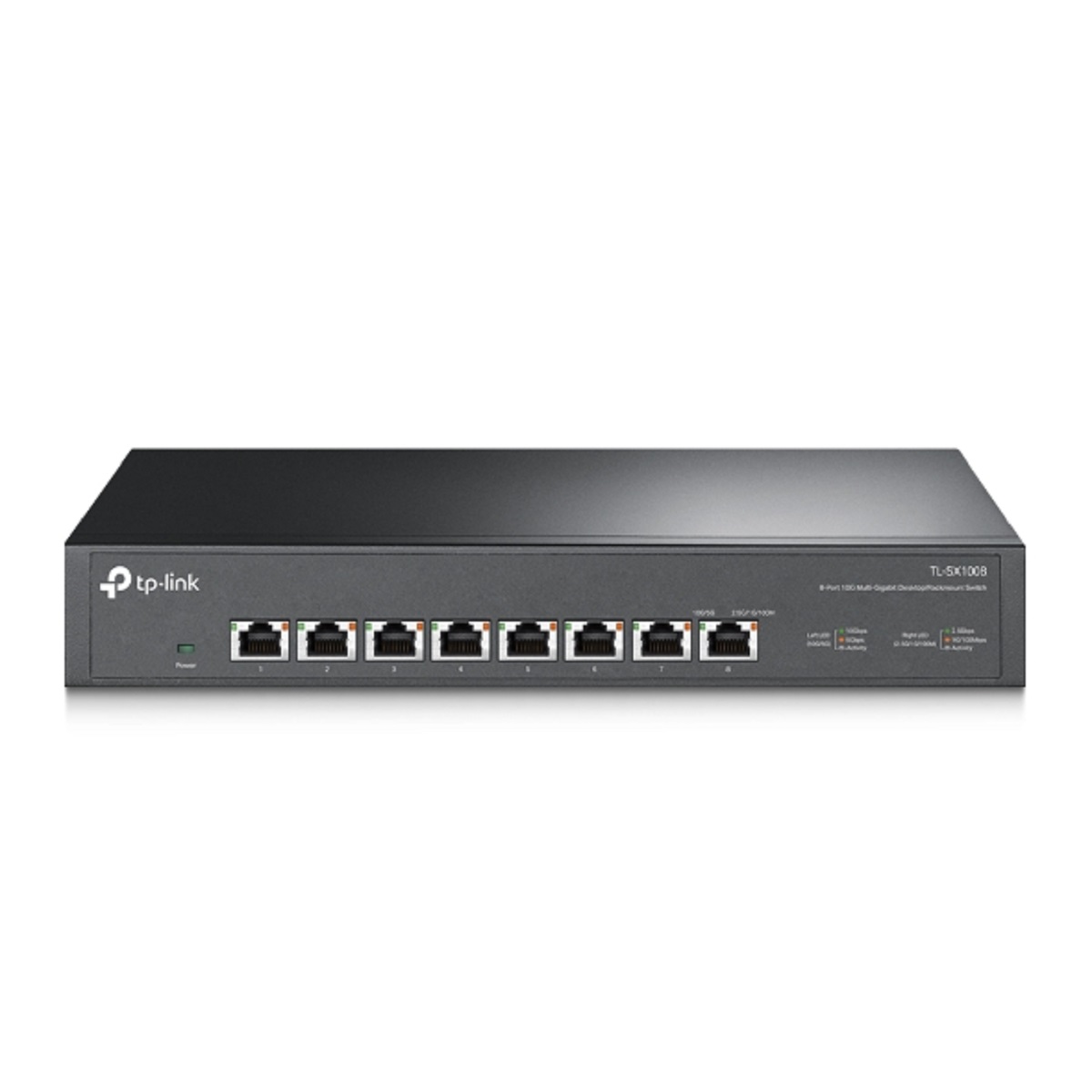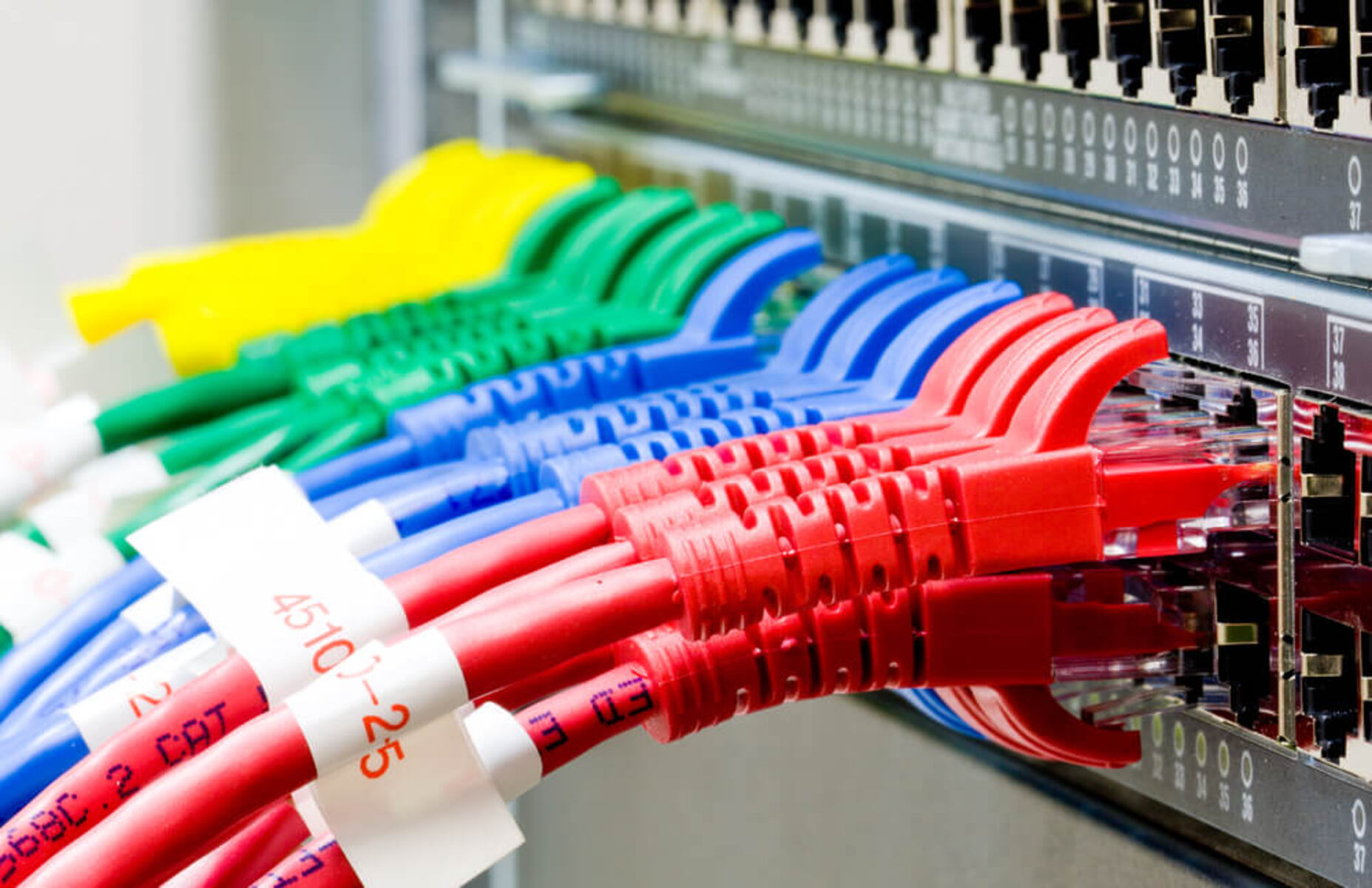**
Introduction
**
When it comes to maintaining a reliable and efficient network infrastructure, the network switch plays a pivotal role. As technology continues to advance at a rapid pace, businesses are constantly evaluating the lifespan of their network switches and determining the optimal timing for replacements. This article delves into the essential factors to consider when contemplating the replacement of a network switch, including its longevity, signs indicating the need for replacement, and the benefits of upgrading versus replacing.
Network switches form the backbone of modern communication and data management within organizations. They facilitate the seamless transfer of data packets between devices connected to a local area network (LAN), making them indispensable components of an efficient IT infrastructure. Given their vital role, it is crucial for businesses to understand the key considerations associated with the replacement of network switches in order to ensure uninterrupted connectivity and optimal performance.
Throughout this article, we will explore the factors that influence the decision to replace a network switch, shedding light on the signs that indicate it may be time for an upgrade. By understanding the longevity of network switches and the benefits of upgrading versus replacing, businesses can make informed decisions that align with their operational needs and technological requirements. Let's delve into the intricacies of network switch replacement and equip businesses with the knowledge needed to navigate this critical aspect of network management.
Factors to Consider
Factors to Consider
When evaluating the need to replace a network switch, several crucial factors come into play. Understanding these considerations is essential for making informed decisions that align with the organization’s technological requirements and operational objectives.
- Technological Advancements: The rapid evolution of networking technologies can render older network switches obsolete. Newer switches often offer enhanced performance, increased bandwidth, and advanced features that cater to the growing demands of modern networks.
- Network Requirements: Assessing the current and anticipated network requirements is crucial. Factors such as the number of connected devices, data transfer volume, and network traffic patterns play a pivotal role in determining the suitability of the existing network switch.
- Security Considerations: With cybersecurity threats becoming increasingly sophisticated, the security features of a network switch are of paramount importance. Newer switches often incorporate robust security measures to mitigate risks and safeguard sensitive data.
- Compatibility and Interoperability: As the network infrastructure expands, ensuring compatibility and seamless interoperability between network components is vital. Upgrading to a new switch that aligns with the existing network architecture can optimize performance and streamline operations.
- Budgetary Constraints: Budget considerations are integral to the decision-making process. Balancing the cost of replacement with the potential benefits and long-term savings derived from a new network switch is essential for effective financial planning.
By carefully evaluating these factors, organizations can gain valuable insights into the necessity of replacing a network switch. This proactive approach enables businesses to align their network infrastructure with evolving technological landscapes and operational requirements, fostering a resilient and future-ready IT environment.
Network Switch Longevity
Understanding the longevity of a network switch is paramount in determining the optimal timing for its replacement. While network switches are designed to operate reliably for an extended period, several factors influence their lifespan.
Quality and Durability: The quality and durability of a network switch significantly impact its longevity. High-quality switches, constructed with robust components and advanced engineering, can exhibit prolonged reliability, often outlasting their less resilient counterparts.
Technological Evolution: As networking technologies advance, the longevity of network switches becomes intertwined with technological obsolescence. While a switch may function effectively for a considerable duration, the emergence of newer, more advanced technologies may render it incompatible with evolving network requirements and industry standards.
Maintenance and Upkeep: Regular maintenance and proactive upkeep can extend the lifespan of network switches. Timely firmware updates, hardware inspections, and adherence to manufacturer-recommended maintenance practices contribute to the sustained performance and longevity of switches.
Environmental Factors: The operating environment plays a pivotal role in determining the longevity of network switches. Factors such as temperature fluctuations, humidity levels, and exposure to dust or contaminants can impact the operational lifespan of switches, necessitating careful environmental management.
Network Load and Usage Patterns: The volume of network traffic and the usage patterns within an organization can influence the wear and tear experienced by network switches. High network loads and intensive usage may accelerate the aging process of switches, prompting a reassessment of their longevity.
By comprehensively assessing these factors, businesses can gauge the longevity of their network switches and make informed decisions regarding replacement timelines. Proactively addressing the influences on switch longevity empowers organizations to optimize their network infrastructure and adapt to the evolving demands of modern networking technologies.
Signs it’s Time to Replace
Recognizing the signs indicating the need to replace a network switch is imperative for maintaining a robust and reliable network infrastructure. Several indicators signal that a switch may have reached the end of its optimal operational lifespan, prompting the consideration of a replacement.
- Performance Degradation: Persistent performance issues, such as slow data transfer rates, network latency, or frequent connectivity disruptions, may signify the declining efficiency of a network switch.
- Hardware Failures: The occurrence of recurrent hardware failures, port malfunctions, or power supply issues can be indicative of underlying hardware degradation, warranting a reassessment of the switch’s viability.
- Outdated Features: Network switches with outdated features and limited capabilities may struggle to accommodate the evolving demands of modern networks, necessitating an upgrade to a more advanced and feature-rich switch.
- Incompatibility with New Technologies: As new networking technologies and protocols emerge, older switches may lack compatibility with these advancements, leading to interoperability challenges and compromised network performance.
- Security Vulnerabilities: Aging switches may exhibit vulnerabilities to cybersecurity threats due to outdated security protocols and inadequate threat mitigation capabilities, posing risks to the integrity of the network.
Additionally, the total cost of ownership (TCO) analysis can aid in identifying the economic feasibility of replacing a network switch. Evaluating the cumulative costs associated with maintenance, energy consumption, and potential productivity losses stemming from switch-related issues can provide valuable insights into the cost-effectiveness of replacement.
By remaining vigilant for these signs, organizations can proactively address potential network switch obsolescence and mitigate the risks associated with prolonged usage of aging switches. Timely replacement based on these indicators enables businesses to uphold network reliability, security, and performance, fostering an agile and resilient IT infrastructure.
Upgrading vs. Replacing
When contemplating the enhancement of network infrastructure, organizations often face the decision between upgrading existing network switches and replacing them with newer models. Understanding the nuances of upgrading versus replacing is essential for aligning the chosen approach with the organization’s strategic objectives and technological requirements.
Upgrading Existing Switches: Upgrading entails enhancing the capabilities and performance of existing network switches through the addition of modules, firmware updates, or expansion cards. This approach is viable when the current switches can accommodate the required enhancements and when the desired improvements align with the organization’s operational needs.
Benefits of Upgrading: Upgrading offers the advantage of leveraging existing investments in network infrastructure while gaining access to improved features, enhanced performance, and expanded functionalities. It can be a cost-effective approach to adapt to evolving network demands without undergoing a complete overhaul of the network architecture.
Replacing with Newer Models: Replacing network switches involves deploying entirely new switches that incorporate advanced features, increased capacity, and compatibility with emerging technologies. This approach is suitable when the existing switches are technologically obsolete, unable to meet current network requirements, or prone to persistent performance issues.
Advantages of Replacement: Replacement provides the opportunity to harness the latest advancements in networking technologies, fortify network security, and optimize performance. Newer switches often offer energy-efficient designs, streamlined management capabilities, and robust security features, addressing the evolving needs of modern network environments.
When deliberating between upgrading and replacing, organizations should conduct a comprehensive assessment of their current network infrastructure, anticipated future requirements, budgetary considerations, and the potential impact on operational efficiency. By weighing the benefits and limitations of each approach, businesses can chart a strategic course that aligns with their long-term network objectives and technological aspirations.
Conclusion
As organizations navigate the dynamic landscape of networking technologies, the decision to replace or upgrade network switches emerges as a critical consideration. By carefully evaluating the factors influencing switch longevity, recognizing signs indicating the need for replacement, and weighing the advantages of upgrading versus replacing, businesses can proactively steer their network infrastructure towards resilience and adaptability.
Understanding the longevity of network switches empowers organizations to anticipate the optimal timing for replacements, ensuring that their network infrastructure remains aligned with technological advancements and operational requirements. By acknowledging the signs that signify the need for replacement, such as performance degradation, hardware failures, and outdated features, businesses can preemptively address potential network vulnerabilities and maintain seamless connectivity.
Furthermore, the deliberation between upgrading existing switches and replacing them with newer models necessitates a strategic assessment of the organization’s network objectives, budgetary considerations, and the technological advancements offered by modern switches. Whether through targeted upgrades to enhance existing capabilities or the deployment of advanced switches to fortify network performance, businesses can tailor their approach to meet the evolving demands of modern networking environments.
Ultimately, the decision to replace a network switch should be underpinned by a forward-thinking approach that embraces technological innovation, security resilience, and operational efficiency. By staying attuned to the evolving landscape of networking technologies and leveraging the insights presented in this article, organizations can navigate the realm of network switch replacements with confidence, ensuring a robust and future-ready network infrastructure.

























